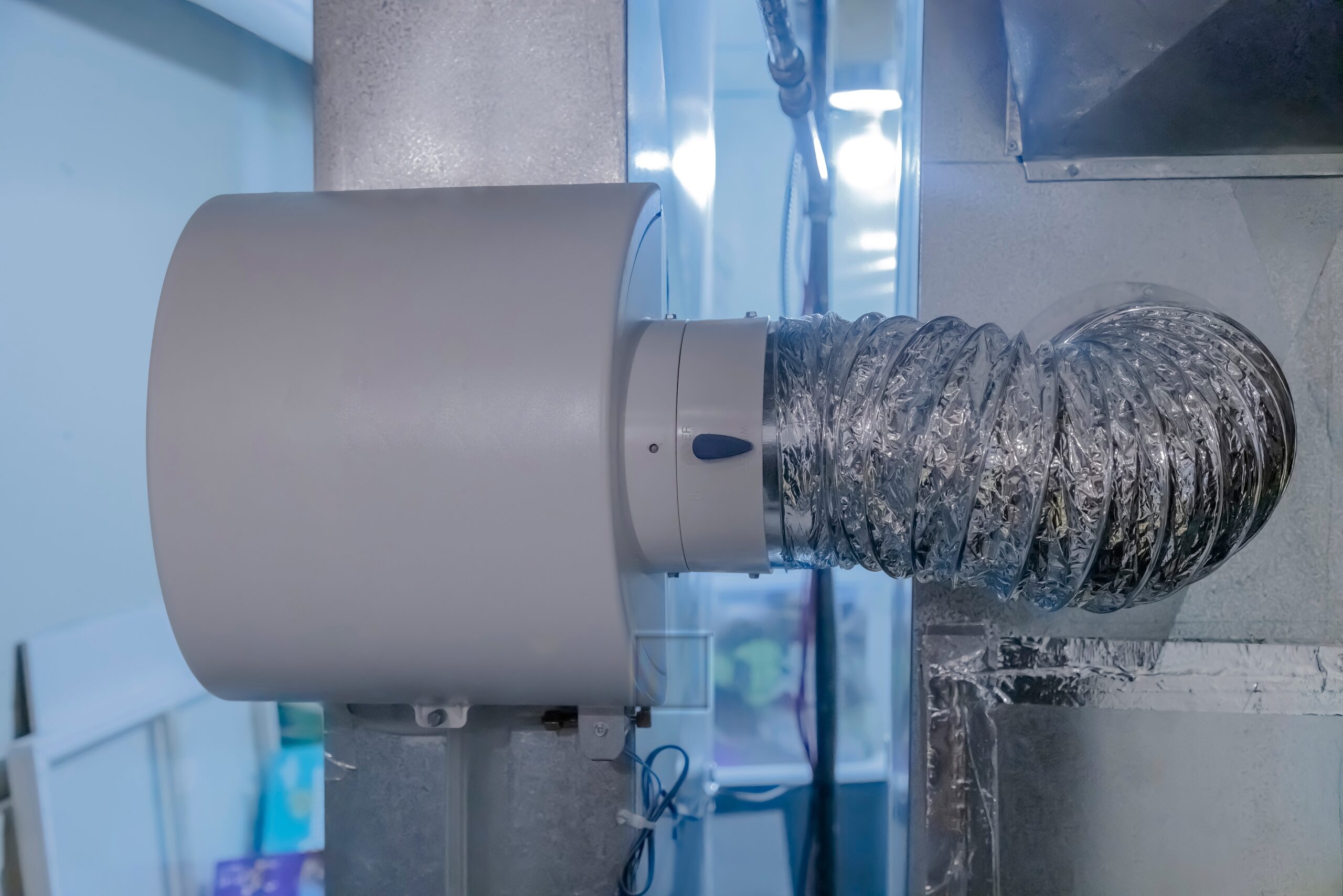Three elements must be present in order for a fire to start; oxygen, fuel and heat. Not only do these elements have to be present at the same time, but the fuel must be conditioned in a way that the heat source can initiate an exothermic oxidation reaction. Electricity plays it’s role by providing the heat source.
SHORT CIRCUITS
There are two types of short circuits that exist; a dead short and a limited short.
A dead short occurs when a live wire comes in contact with a common or ground wire and the circuit is subsequently energized. In properly fused circuits this will cause the use to blow and the circuit to de-energize. This type of situation does not create sufficient heat to ignite combustibles. However, it is possible that the circuit is not fused properly. If this does occur, the current can then continue to pass through the wires, causing them to overheat. This type of situation can ignite surrounding combustibles causing a fire.
LIMITED SHORT CIRCUITS
The other type of short circuit is a limited short circuit. Wires come in contact such that the volume of material through which the current flows is smaller than the fusible link. This will create a spark or flash and result in melting of the copper of the wiring. Characteristic beading of the copper wire is normally observed. A situation like this can also cause ignition of combustibles provided by the mass of combustibles contacting the heat source is small enough that the heat source can cause it to reach ignition temperatures and initiate a self-sustaining exothermic oxidation reaction to fire. It is difficult to ignite concentrated, solid combustibles such as wood, plastic and paper with this type of heat source. Cotton products, sawdust, wood chips and combustible gases can be ignited.
OVERLOADED CIRCUITS
Another heat source can be created when a circuit is over fused. Over fusing of a circuit can result in high current flow through the wires that are overloading the circuit. Electrical wiring is designed to carry current much higher than it’s rated capacity, increasing current above this rated capacity causes the wire to generate excess heat. As long as heat can be dissipated from the wire, this is not a problem. However, if the wire is enclosed within a small insulated space, the heat in these areas may not be able to dissipate as quickly as it is being generated. The result is the surrounding combustibles can expand and eventually ignite, causing a fire.
LEAKAGE CURRENT
Fires can be caused electrically through what is called leakage current. Leakage current occurs when water is in the presence of electricity. Exposed wiring, which exists primarily at connectors and switches, can come in contact with water. Since water conducts electricity, a current will flow through the water between contacts or from the live to ground or common. The water will accumulate salts over time, which increases its ability to conduct a current. This current can eventually develop to a point where it generates a significant quantity of heat which begins to expand and carbonize the combustibles in the area. This can result in a situation where a carbon bridge is formed, creating a continuous arc or significant generation of heat. Ignition of surrounding combustibles can then result in a fire. Fires have been known to initiate this way in electrical boxes which become damp or wet.
ELECTRICAL SPARK
A simple spark can initiate a fire or devastating explosion if a combustible gas/air mixture is located at the position of the spark . A spark is usually created whenever a contact is open or closed. For this reason, specially designed switches and contacts are required for installation in an environment in which you can reasonably expect combustible gasous mixtures to be present.
ASSESSMENT OF LIABILITY
The investigators job does not end when they determine that the fire was caused electrically. The mechanism of the causes must also be determined to assess liability. The investigation shifts to a failure assessment. An example is, an overload situation can be created when a wire is damaged or pulled loose from a connector. A damaged wire can result in a loss of mass at a specific point where a hot spot can be formed. This type of damage is is related to misuse, however, if the manufacturer did not provide sufficient strength to withstand normal expected use, which caused the damage, it can be argued that the design was insufficient for the products intended use. A wire can also be pulled partially free from connector such as that which exists within a plug. This can also result in a loss of mass through which the current is passed between the wire and the plug connector created a hot spot. This situation can be created through misuse, insufficient design and/or manufacturing defects. History of fire related problems, recalls and examination of other similar units may enable the investigator to determine the mechanism of the cause of the failure and thus assess liability.
When assessing a possible electrical cause, the investigator must only determine that the electrical malfunction caused the fire., but also complete an assessment of the mechanism of the cause. Research and testing can provide the information required to answer these questions and permit a full assessment of liability.
Share this article
Follow us
A quick overview of the topics covered in this article.
Latest articles
October 8, 2025
October 8, 2025
October 8, 2025





